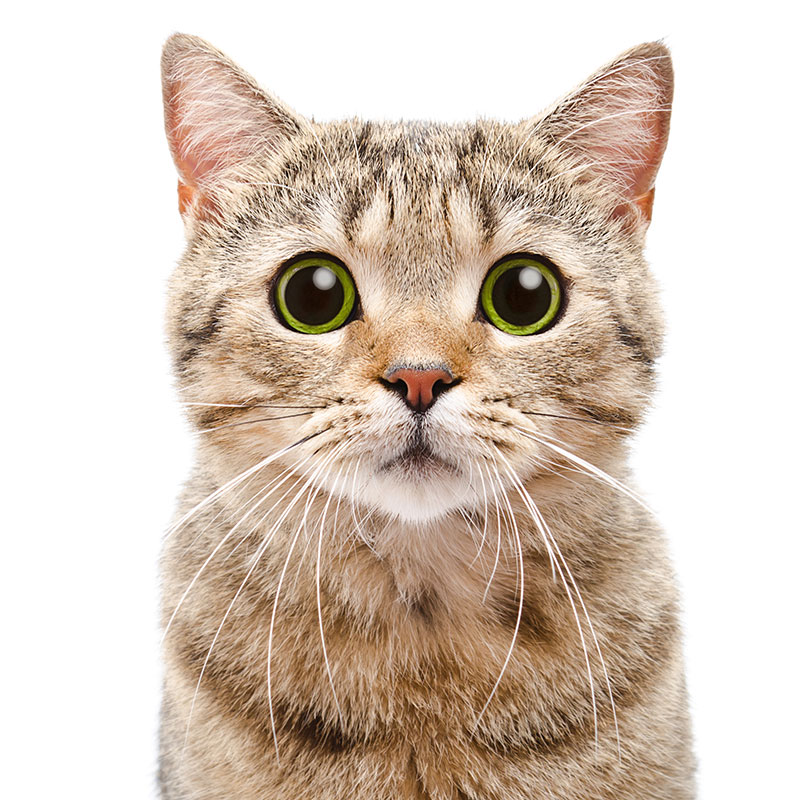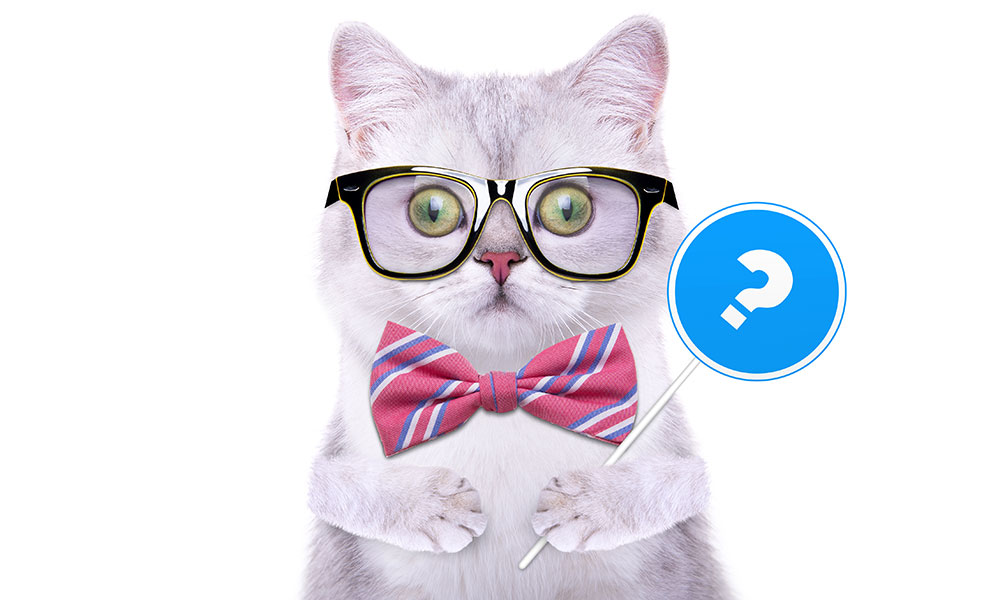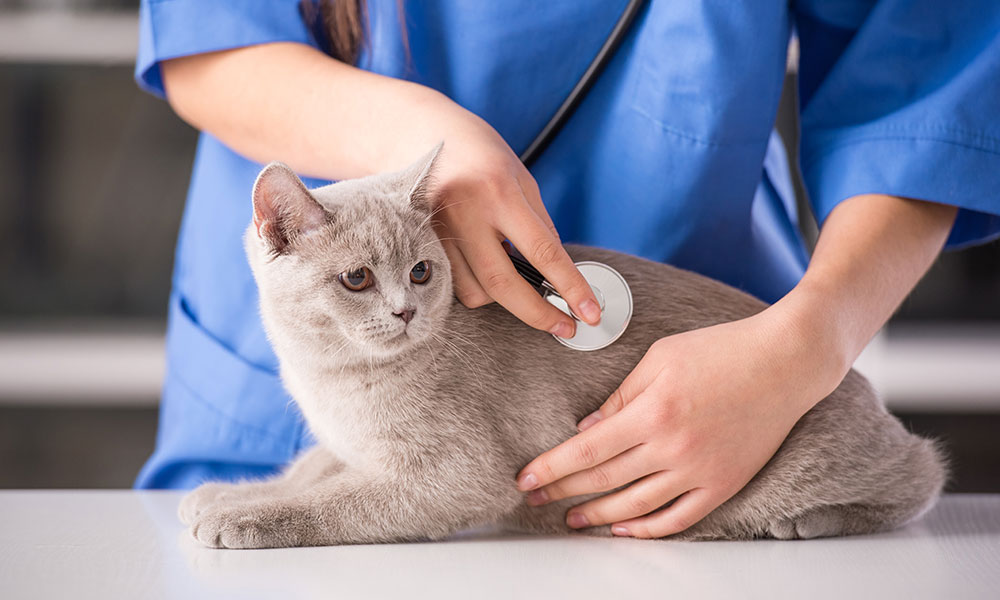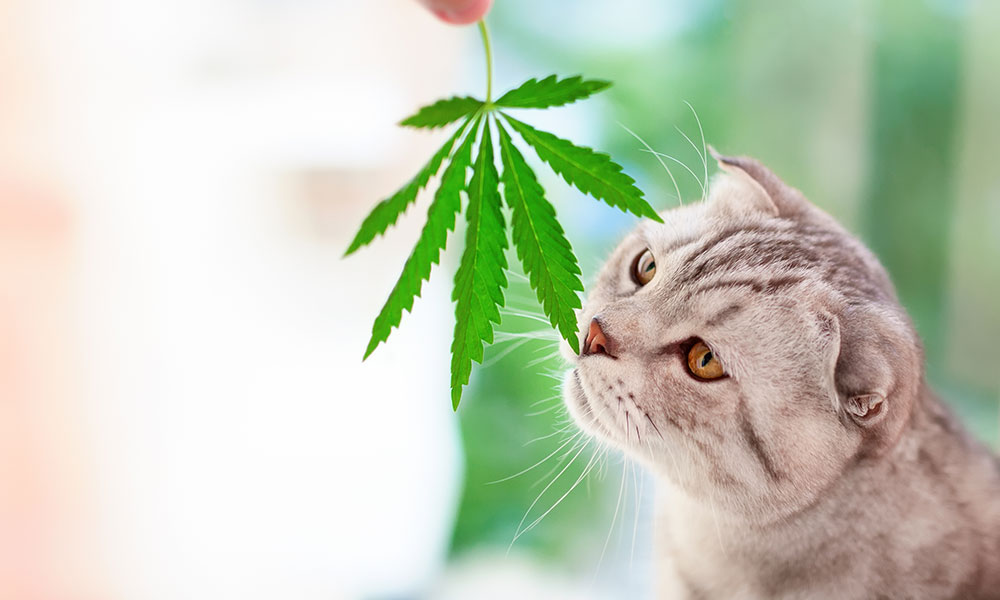Cats are not the most talkative creatures on the planet. Sure, they may be loud, rambunctious, energetic and downright rude at times, but they don’t show their feelings with us as openly as a dog. When a dog isn’t feeling well or is in pain it’s usually quite easy to tell. They will have their tail between their legs, whimper and even seek out their owner for extra attention. Cats are the complete opposite 98% of the time. They are independent and would prefer to hide under a bed when they’re not feeling well instead of seeking you out for some much needed attention. When you own a cat you need to be on the top of your game when it comes to being on the lookout for warning signs. Especially when the pain or discomfort isn’t easy to spot and is coming from inside their furry bodies. Feline Leukemia is a disease that is slowly being phased out of existence, but that doesn’t mean it doesn’t affect our pets. In this article, we aim to educate you on the warning signs of feline leukemia as well as the treatment options available to you, to assist you in making a well informed decision on what steps to take next.

What Is Feline Leukemia?

Feline leukemia – otherwise known as FeLV – is a virus that slowly progresses its way through the bodies of cats and affects their immune systems. It’s one of the most common infectious diseases in cats and affects 2-3% of the cat population in The United States. The rate of infection is ten times higher in cats that are already suffering from a type of illness. While FeLV is common, it is slowly being phased out of existence thanks to major leaps in vaccinations and effective testing. While the future of FeLV looks bright, it is still an issue that is making our cats ill today and understanding the warning signs is paramount in the fight against it.
Transmission of FeLV is rather easy and common in cats. More specifically in outdoor cats. While they can still run the risk of acquiring this disease, if your cat is likely to rarely or never venture outside and be in contact with other cats, there is a good chance that they will never contract FeLV. However, if your cat likes to frequent trips across the yard or into neighbouring yards, there is a possibility that they could contract FeLV at some point in their lives. Feline Leukemia is most often transmitted through saliva, shed fur, feces, urine and the milk of infected cats. They can also transmit the disease through group grooming. A nip on the back of the neck is quite common when cats groom one another and a simple bite from an infected cat can increase the risk of your cat contracting FeLV. Food and water dishes have a chance to spread FeLV, but it is less likely due to the fact that FeLV can only survive outside of the body for a few hours.
Signs Your Cat May Have Feline Leukemia

Because FeLV is an immune disease, it can increase the chances of blood disorders and cancers in cats. In-fact, your cat could be living with feline leukemia for days, weeks or even months before they begin to exhibit any symptoms. Like any condition or disease, spotting it is the most important part. While it’s important to spot warning signs early with any ailment that affects your pets, spotting the signs of feline leukemia will increase the chances of successful treatment and reduce any chances of more serious side-effects of the sickness. If your cat is showing one or more of these symptoms, we recommend scheduling a veterinarian visit as soon as possible to diagnose or rule out feline leukemia or any other disease they may have contracted:
Weight Loss
Coat Quality
Appetite Loss
Enlarging of the lymph nodes
Fever
Gums losing color
Inflamed gums
Breathing Problems
Urinary/Bladder Infections
Diarrhea
Seizures
Neurological Disorders
Eye Problems
As you can see, the symptoms show a wide range and even show signs of other illnesses. This is why it is important to understand the warning signs and schedule a veterinarian appointment to identify a cause. In some cases, it may be an entirely different ailment affecting your feline friend, but the fact that FeLV affects the immune system means that this disease can often mask itself as an entirely different issue.
Diagnosis & Treatment

The diagnosis process to determine if your cat is suffering from FeLV is simple. A series of blood tests will be conducted to correctly diagnose the problem. These tests are done to detect a protein that is specific to the virus. Once your vet has run the proper tests and determined that feline leukemia is the culprit, treatment can begin.
Unfortunately, feline leukemia has no cure at this time. Vaccinations have been created and have been shown to significantly reduce the chances of cats contracting FeLV. If your cat is tested positive for the disease they can undergo a series of treatments that, while they won’t cure the disease, will be able to treat specific problems as a result. Most of these treatments can be dangerous and tough on our cats and come with significant side effects. That’s why most vets take the treatment to a specific problem that is created by the infection. Using antibiotics to treat bacterial infections and even resorting to blood transfusions when cases are shown to be more serious.
When it comes to feline leukemia the best treatment is prevention. Due to the fact that there is no cure as of right now, ensuring that your cat does not interact with other cats is the best way to prevent the disease. Vaccinations will help create an immunity and lessen the chance of infection, but that is not 100%. Also, not all cats can be vaccinated from FeLV. Speaking with your vet and understanding the best ways to prevent disease and keep your pet healthy is something that all pet owners should consider. Your veterinarian will have knowledge on how to ensure your cat lives a happy, healthy life and can provide you with the necessary literature to educate yourself on ways to keep your pets safe and healthy.
CBD Oil For Feline Leukemia & Aftercare

While there are ways to avoid contracting feline leukemia, there is a chance it can still happen. Especially with outdoor cats. If your cat has contracted this infection, we recommend consulting your veterinarian on all possible treatments and to ask them about the ways CBD oil for feline leukemia can help them. CBD is still undergoing a rigorous testing regime to determine its effectiveness on pets, but it has been shown to aid in pain, inflammation, seizures, neurological disorders and gastrointestinal problems in pets. In fact, most of the symptoms of FeLV can be combated with CBD oil for pets. There is no evidence to support the fact that CBD can cure disease, but it has shown promising results in treating them and improving an animals quality of life. CBD for cats comes in many different forms and you can learn more about it in the various articles we have written on our website.
Conclusion

No one likes to see their pets suffer. We all like to think that our pets are self sufficient and will never fall victim to illnesses. In most cases that is true, but there is always a risk that our pets may contract some type of disease in their lifetime. That is why it’s important to schedule multiple veterinarian visits per year, monitor their health and be vigilant in noticing when something seems “off” with your cat and being quick to take them to a professional if you worry something could be interfering with their health. Pet ownership is a fulfilling experience that can fill us with joy when we watch them grow and live a full life by our side. Cats are loving, playful, curious creatures and provide owners with endless love, once you have earned it. It’s important that we reciprocate that love by being diligent with their health because they can not do that for themselves.
Frequently Asked Question (FAQ)
How long can a cat live with feline leukemia?
Feline Leukemia can take months or even years to show signs or affect your cat. Some cats have shown to live 10 or even 15 years with the disease, with proper treatment.
How can I help my cat with feline leukemia?
The best way to help a cat with feline leukemia is to take them to your veterinarian so they can help treat the effects of the disease. FeLV leads to other diseases that can make your cat very sick. Treating those specific illnesses is the best way to ensure a longer life for them.
How do I know if my cat has feline leukemia?
Because it’s an immune disease, FeLV often presents itself as other illnesses. Diarrhea, poor coat, shortness of breath, appetite loss or seizures are just a few warning signs that your cat may be suffering from FeLV.
Is leukemia in cats painful?
In some cases the side-effects of feline leukemia can be quite painful and may require pain medication to manage.
Should cats with feline leukemia be euthanized?
Not necessarily. Many cats have managed to live with the disease for months or even years after diagnosis. Oftentimes, FeLV doesn’t show itself for years and with proper treatment, your cat can live a “normal” life.
Can indoor cats get feline leukemia?
Indoor cats are at a significantly lower risk of contracting leukemia as the disease can only spread from cat to cat. If your cat never interacts with other cats or ventures outside, the chances of them contracting FeLV are very low.
Is sneezing a sign of feline leukemia?
Sneezing can be a sign of feline leukemia, but the disease often presents itself through a variety of immune problems. If your cat is sneezing it may not be a sign of FeLV, but scheduling a vet visit is a great way to rule out any serious illnesses.





